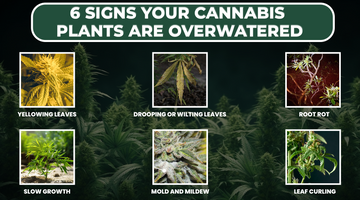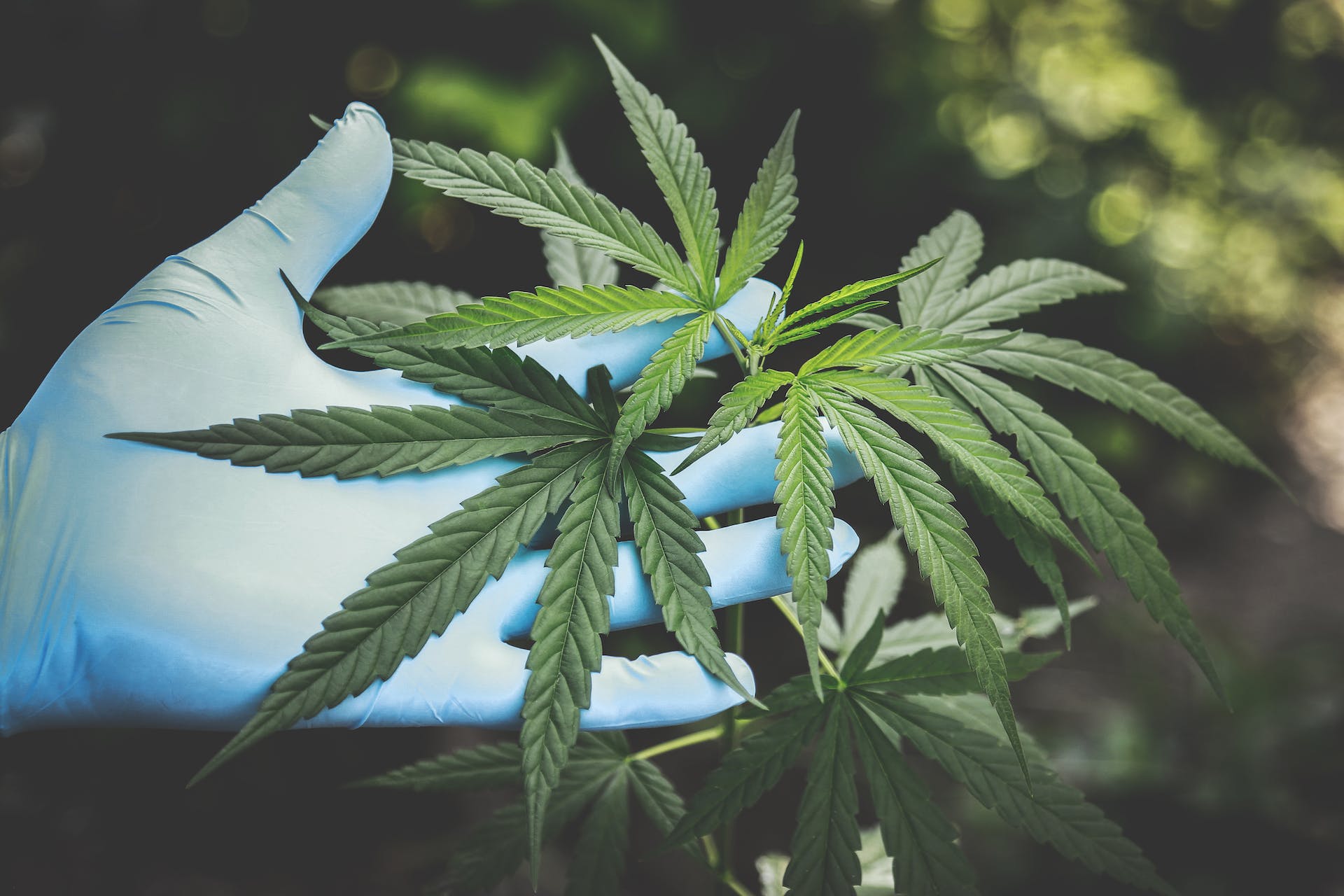What Do Cannabis Seeds Look Like: A Detailed Exploration of Appearance
by DigiRocket Technologies on Mar 11, 2024

For cannabis cultivators and enthusiasts, understanding the appearance of cannabis seeds is a crucial aspect of the growing process. The seeds' color, texture, size, and shape can reveal valuable information about their genetic lineage, maturity, and potential for successful cultivation. In this comprehensive guide, we'll explore the diverse appearances of cannabis seeds and learn about identifying female, male, and hermaphrodite specimens.
The Diversity of Cannabis Seeds

Color and Appearance
-
Color Variations: Cannabis seeds can exhibit a wide range of colors, from light beige and pale green to dark brown and even shades of grey or black. These color variations are influenced by factors such as the strain's genetics, maturity level, and growing conditions
- Texture: Healthy cannabis seeds typically have a hard, rigid exterior with a waxy or glossy surface. This tough outer shell protects the delicate genetic material within, ensuring the seed's viability during the germination process.
Size and Shape

- Oval or Teardrop: Most cannabis seeds have a distinct oval or teardrop shape, with one pointed end and a slightly rounded opposite side. This aerodynamic form aids in natural seed dispersal and enhances the chances of successful germination.
- Hardy and Resilient: Despite their small size, cannabis seeds are remarkably hardy and resilient. Their tough outer shell shields them from environmental stresses, enabling them to remain viable for extended periods if properly stored.
Indica vs. Sativa Seeds
Indica Seeds: In general, Indica cannabis seeds tend to be shorter, rounder, and broader compared to their Sativa counterparts. They often exhibit a darker color range, from light brown to deep purple hues.
Sativa Seeds: Sativa cannabis seeds are typically longer, more slender, and narrower in shape. Their color palette leans towards lighter shades, such as pale green, tan, or light brown.
Identifying Female Seeds

-
Pistils: As the plant matures, pistils (the hair-like stigmas) will emerge from the preflowers, indicating the presence of female reproductive organs. These pistils are typically white or pale in color initially and may darken as the plant progresses through its flowering cycle.
- No Pollen Sacs: Female cannabis plants lack the pollen sacs found on male plants, which is a clear visual indicator of their gender.
Male Seeds and Their Purpose

While female cannabis plants are prized for their bud production, male plants play a crucial role in the breeding and seed production process.
Pollen Sacs: Male cannabis plants develop pollen sacs, which contain the reproductive pollen necessary for fertilizing female plants and enabling seed production.
Taller and Less Bushy: Male plants typically grow taller and less bushy compared to their female counterparts, allocating more energy towards pollen production rather than bud development.
In certain situations, cannabis plants may exhibit both male and female reproductive organs, a condition known as "hermaphroditism."
Rare Occurrence: Hermaphroditism is relatively rare in cannabis cultivation and is often triggered by environmental stressors, such as extreme temperatures, nutrient deficiencies, or light stress.
Avoid Pollination: If hermaphrodite plants are allowed to self-pollinate, they can lead to undesirable genetic traits and lower potency in subsequent generations. Growers typically remove hermaphrodite plants from their gardens to prevent accidental pollination and maintain the genetic integrity of their crops.
Conclusion
Recognizing the diverse appearances of cannabis seeds and understanding the visual cues that differentiate female, male, and hermaphrodite plants is an essential skill for successful cannabis cultivation. By familiarizing yourself with the characteristics outlined in this guide, you'll be better equipped to identify high-quality seeds, select the desired gender for your growing objectives, and maintain the genetic purity of your cannabis strains. With practice and keen observation, you'll develop a discerning eye for the subtle nuances that distinguish various cannabis seed types, empowering you to cultivate exceptional crops tailored to your preferences.
Also Read:- A Comprehensive Guide on How to Feminize Cannabis Seeds for Optimal Crop Yield





